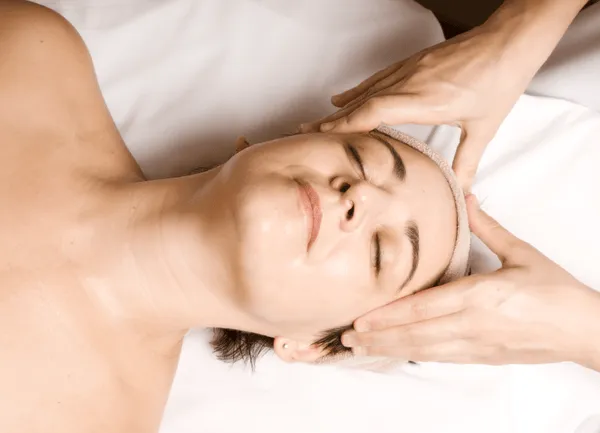
- Share on Facebook13
- Share on Pinterest
- Share on Twitter
For many people, the idea of getting a massage brings to mind luxury and pampering. However, there are many medical benefits that come from a regular massage, particularly if massage techniques such as Swedish massage and deep tissue massage are used.
Massage Benefits
According to the Mayo Clinic, there are many real physical benefits to getting a massage. Multiple studies have been conducted which have shown that many people receive health benefits, including stress relief, better control of blood pressure, improved immunity function and relief from anxiety and depression. Additionally, massage therapy has been recommended for serious health conditions such as cancer and HIV/AIDS. In fact, in a recent report from the National Center for Complimentary and Alternative Medicine, which is a division of the National Institutes of Health, it was found that patients with cancer who utilized massage techniques as part of their treatment showed immediate and significant improvement in mood and pain.
Although massages are generally safe, it should be performed by a licensed and trained therapist. Often, massage therapists are available in doctors’ offices, sports medicine clinics, chiropractic offices and physical therapy offices. It is not uncommon to feel a bit sore after a massage. If you have rheumatoid arthritis, severe osteoporosis, are pregnant, have open wounds or burns, blood clots or fractures, make sure to talk to your doctor before getting a massage.
Massage Styles
According to WebMD, there are numerous styles of massage that can be physically beneficial. Massages can range from five minutes to two hours and can include the use of oils, hot stones and lotions. Most often, massage therapists ask that their clients disrobe for the massage and cover the client discretely with a towel. This enables the massage therapist to easily stroke the skin.
Swedish massage is one of the most popular forms of massage. This technique manipulates the topmost layer of muscles under the skin. The massage therapist combines light, tapping and rhythmic strokes with long strokes that kneed muscles.
Masseuses using Swedish massaging strokes use four basic strokes – friction, petrissage, effleurage and tapotement. Friction strokes are circular movements that are deep and result in muscle tissue layers creating friction and increases blood flow. This can assist with breaking down scar tissue. Petrissage strokes involve rolling, kneading or squeezing soft tissue. Effleurage massage strokes are gliding, smooth strokes that relax soft muscle tissues. Tapotement strokes are done with cupped hands, the edge of the hand or fingers and are alternating short taps.
Deep tissue massages are most often used to address areas of the body that are still and painful. The massage therapist makes deliberate and slow strokes and applies pressure to tendons, muscles and tissues below the skin. This massage technique is especially effective for chronic pain, chronic tension and muscle injuries.
Another massage technique that can be effective for physical health is neuromuscular massage therapy. Neuromuscular massage is often used to treat chronic pain conditions, including issues with posture, biomechanical problems, nerve compression and circulation issues. Often, these issues are the result of repetitive motion injuries. Neuromuscular massage manipulates soft tissues which are usually the underlying cause of chronic pain conditions.
Massage therapy is a wonderful alternative and adjunctive therapy that can be helpful for many conditions. It is commonly used to treat chronic pain conditions, sport injuries and a multitude of other health conditions. It has been shown to improve immunity, improve mood, help with pain and improve overall health.
– The Alternative Daily
- Share on Facebook13
- Share on Pinterest
- Share on Twitter

